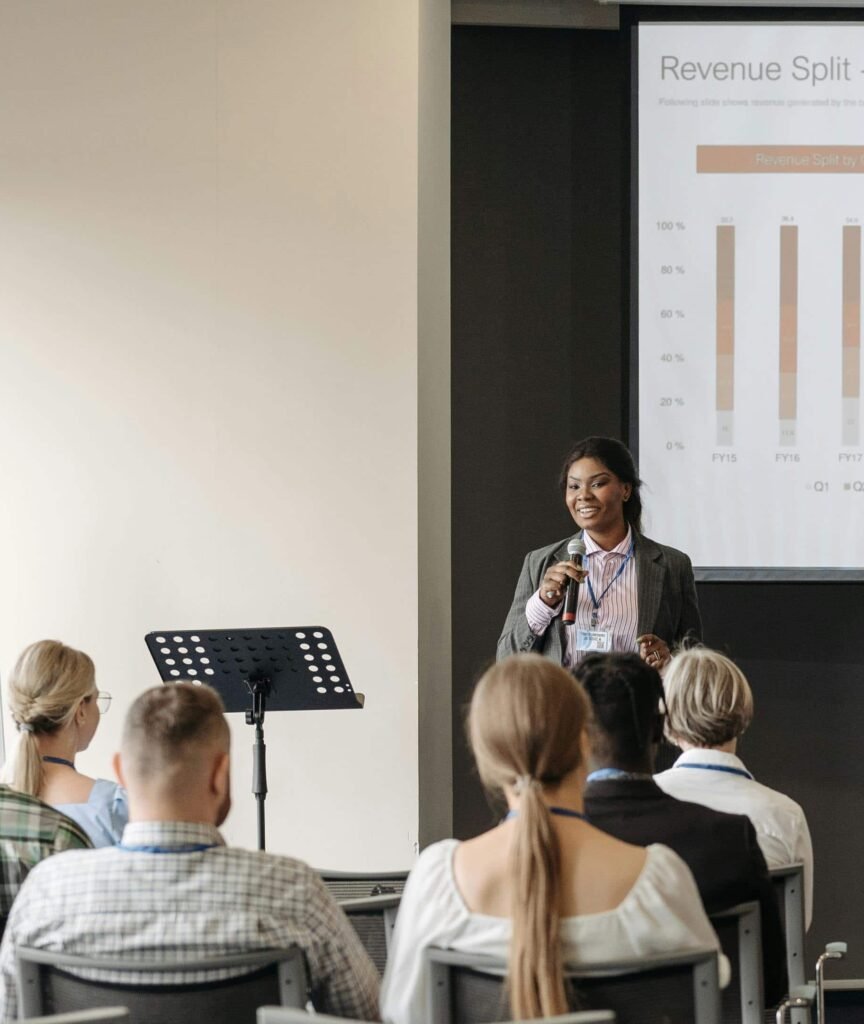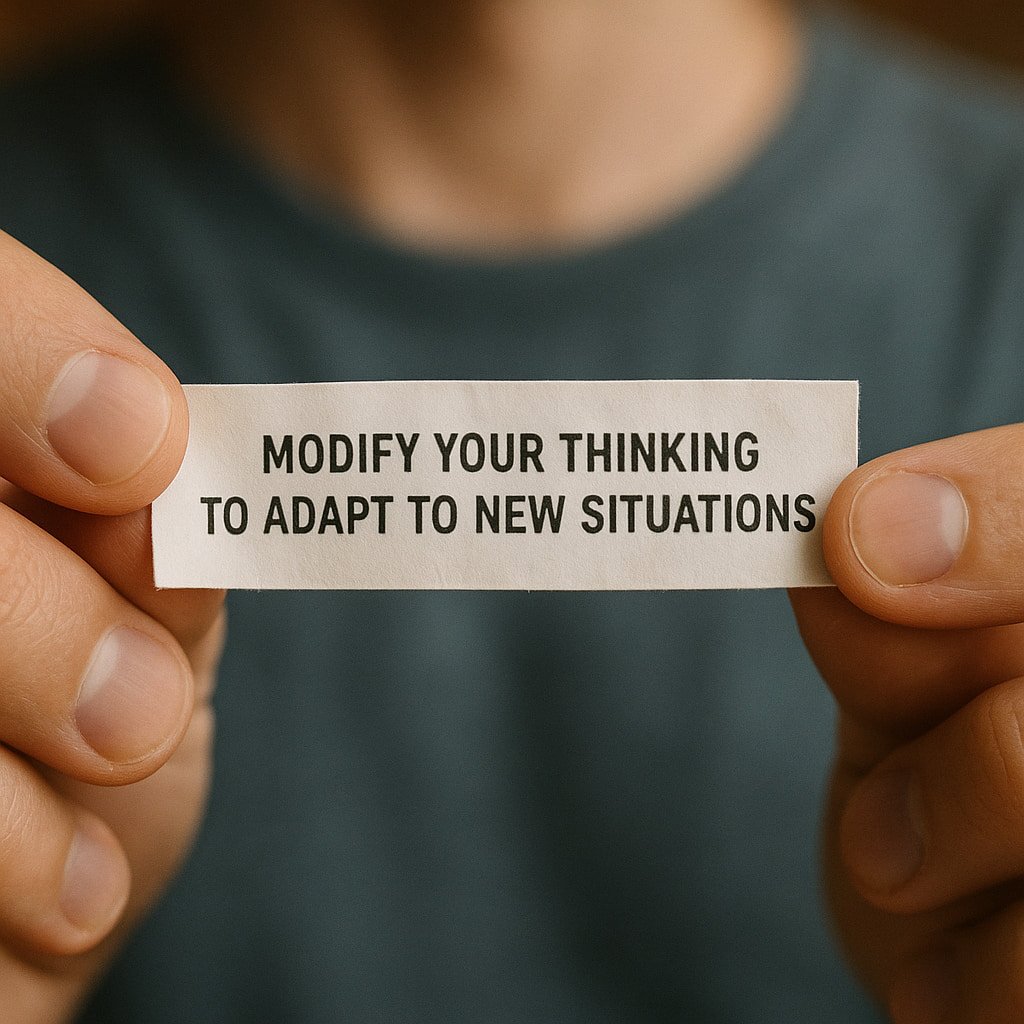The Invisible CEO
If you disappeared from your business for 30 days, would it thrive or dive?
A simulation that surfaces hidden dependencies, stress-tests systems, and challenges the leadership team to run the business without you.
Overview
What happens to the business when the CEO steps away?
In The Invisible CEO, your team is tasked with a high-stakes mission: build the systems, trust, and leadership capacity to remove the CEO from day-to-day operations.
It’s not a hostile takeover. It’s a strategic handover.
But letting go is hard. Especially when identity, control, and culture are all on the line.
This simulation brings real business tension to life testing how teams can structure a business without key person dependency.
- Can you stay aligned on your vision?
- Will you prioritise creative integrity or box office buzz?
- And when the unexpected hits, will you pivot… or stay the course?
How the Simulation Plays Out
The experience is structured in two strategic phases, inspired by Jim Collins’ The Map:
This isn’t theory. It’s leadership in motion
Peer-assessed, time-pressured, and personally revealing.
At every phase, your peers score what they observe, not what you intended. Because when it comes to leadership, perception is reality.
The final phase?
A deep debrief, where individual blockers, team dynamics, and leadership habits are surfaced and examined. We’ll uncover what needs to shift next to take the steps.
Inspired by Jim Collins’ The Map, the experience unfolds in three distinct phases:
First Who, Then What
Can your team lead without you?
This phase focuses on leadership, delegation, and resistance to change.
The CEO role is deliberately removed from day-to-day decisions. What follows is revealing.
Your team must:
- Identify who’s ready to lead (and who might resist)
- Spot gaps in capability, clarity, or confidence
- Reassign responsibilities in a way that’s realistic and sustainable
The real pressure?
Balancing loyalty and performance. Surfacing hard truths. And letting go of control—without letting go of accountability.
The 20 Mile March
build systems that run on autopilot?
Now that roles are shifting, the focus turns to rhythm, structure, and operational integrity.
Your team must design:
- Systems that support growth without CEO involvement
- Decision rights and escalation rules
- Cadences that prioritise consistency, not chaos
The trap?
Over-engineering. Teams often create complex fixes that rely on CEO oversight anyway. Simpler, repeatable systems win.
Reflect and Rewire
What can Make the real shift happen?
After the simulation, participants review peer feedback, surface unspoken blockers, and assess what’s actually getting in the way of a more distributed leadership model.
We explore:
- Common CEO barriers (identity, guilt, fear of letting go etc)
- Common Team barriers (dependency, avoidance, unclear boundaries etc)
- Concrete actions (delegation plans, rhythm resets, trust-building habits etc)
By the end, the team doesn’t just see what needs to shift they’ve practised it, felt it, and committed to act.
Who it’s For
Built for Real Teams Making Real Decisions
- Executive teams looking to lift accountability, alignment, and engagement
- Emerging leaders exploring influence, communication, and decision-making under pressure
- Cross-functional groups working to break down silos and collaborate more effectively
- Postgraduate business students applying balanced scorecard thinking in dynamic, real-world contexts




COLLABORATION | TIME PRESSURE | ACCOUNTABILITY
This simulation isn’t about theory. It’s about watching decisions play out—then realising how close they hit home.
When teams act as advisors to an anonymous CEO, it’s easy to spot what’s broken. Too easy.
What starts as a game quickly becomes a mirror.
These are the realisations that hit hardest:


